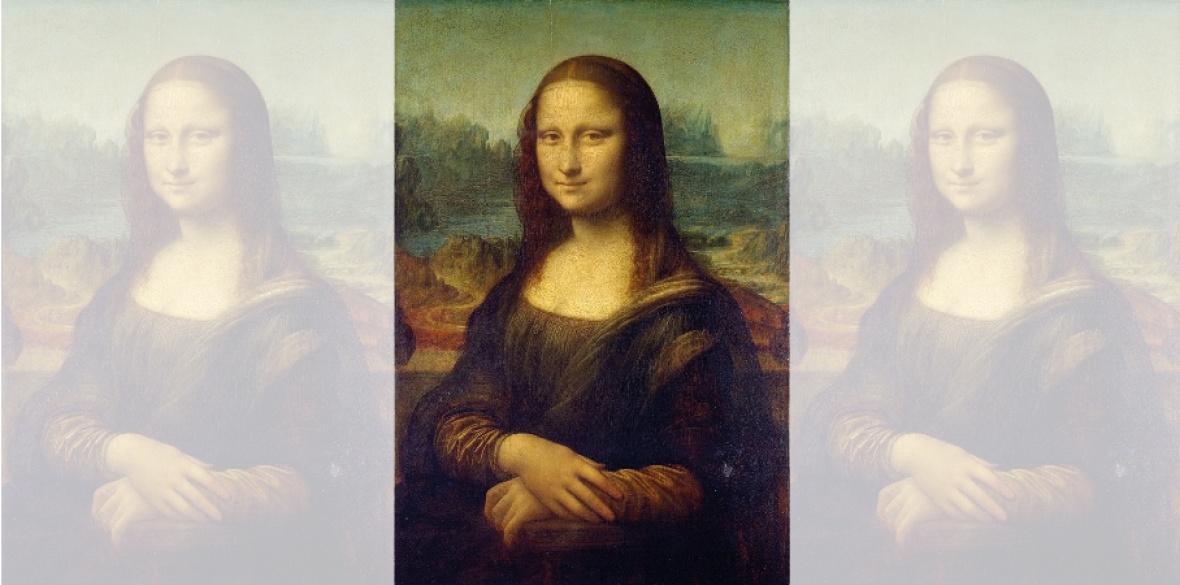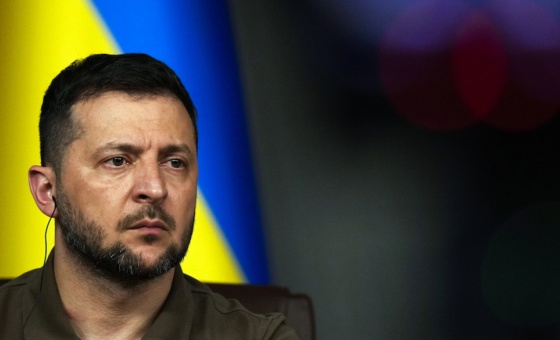This is the last article you can read this month
You can read more article this month
You can read more articles this month
Sorry your limit is up for this month
Reset on:
Please help support the Morning Star by subscribing here
LEONARDO DA VINCI was born 570 years ago, on April 15 1452 near the village of Vinci, from which he takes his name.
His mother Caterina was a servant, his father, a professional notary, with whom he was living by 1457 and later with his paternal grandfather. It was during the seven years with his grandfather that Leonardo learned to read, write and calculate.
He never learned Latin, Greek or higher mathematics. Instead, he took up an apprenticeship and ended up in the workshop of a master painter in Florence, which in the 15th century, like much of Italy, was a violent place, where rival merchant dynasties fought each other for power.
Leonardo had to seek employment with princes in order to earn an income all his life. For them, he designed weaponry, acted as a political advisor, designed costumes, and devised various entertainments, played music and recited verse.
As a scientist, he pioneered the new empirical approach in his anatomical drawings, which gave him, for example, an understanding of blood circulation centuries ahead of his time.
Other interests included the cardiovascular system, the head and the eye, realising that light enters the brain through the eye, the opposite to medical thinking at the time.
As an engineer who thought about linking rivers via canals and came up with plans to build tunnels through mountains. And he developed war machines. He closely observed the flight of birds and made plans for building a flying apparatus.
But of course Leonardo is best known for his painting, and in particular the Mona Lisa, or in Italian, La Gioconda.
La Gioconda is a woman of means. Her house overlooks a landscape of water and mountains, emphasised by towering clouds. A road to the viewer’s left and a bridge across a river on the right mirroring the road, indicate human activity.
Leonardo softens her facial contours, using his technique of sfumato (smokiness).
Slower-drying oil paint enabled him to blur edges and create a lack of definition that suggests movement to the viewer’s eyes.
Similarly, the landscape is hazy. Leonardo developed this technique through close observation and scientific thinking about how the eye perceives things, based on the filtration of sunlight through particles in the air, affecting the reflection of light by objects.
Sfumato enabled Leonardo to produce a vivid, apparently moving image of a living thing — person, plant or animal.
His treatment of atmospheric light creates an impression of infinite changeability.
In the case of the Mona Lisa, this movement and energy is particularly apparent in the facial muscles. And here lies the secret of her smile: sfumato shading and slight blurring creates an uncertainty around her mouth and lips, a subtle transition between smile and no smile.
Leonardo’s smokiness captures supremely and scientifically the way the eye sees living nature in continual movement and change — the dialectics of nature.
Sfumato is used for everything around the Mona Lisa. Not only could she be “living,” but so could the nature around her.
Her image and the countryside in the background are not “photographic” images. They are depicted as the human eye perceives them — a person and external nature as seen by a human being.
This is a truly revolutionary standpoint. The painting enacts everything that Leonardo knew about life — as an engineer, a scientist and as an artist.
The painting expresses the very essence of Leonardo’s dialectical understanding, all of his insights into nature and humankind. It captures perfectly the spirit of the High Renaissance.











